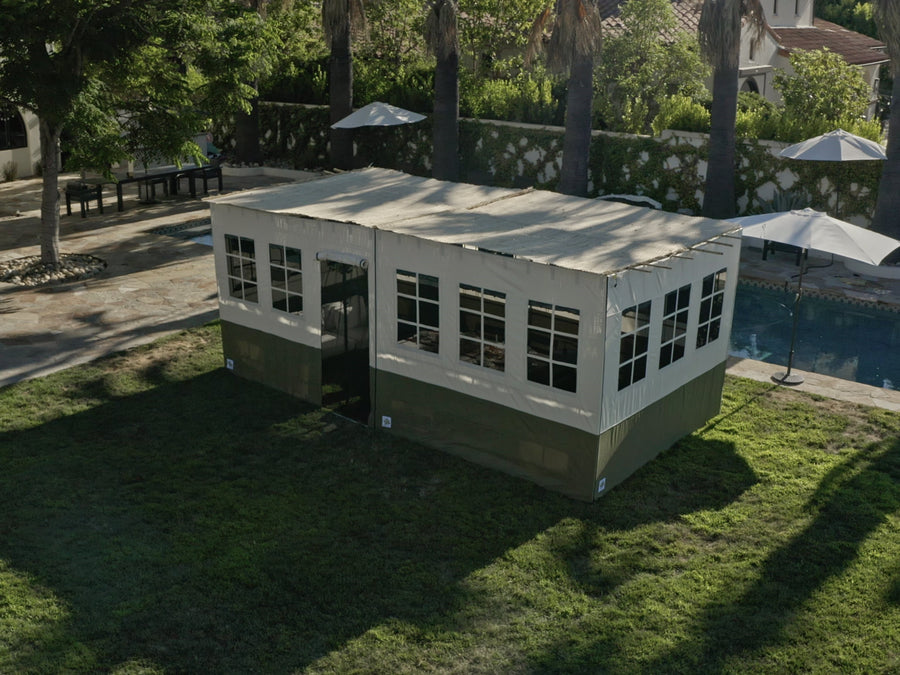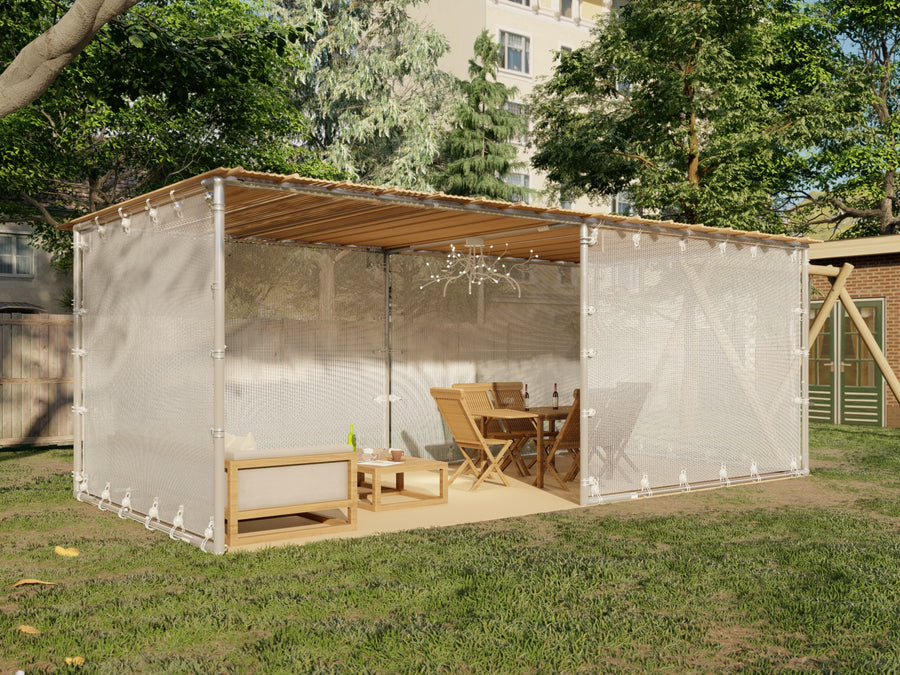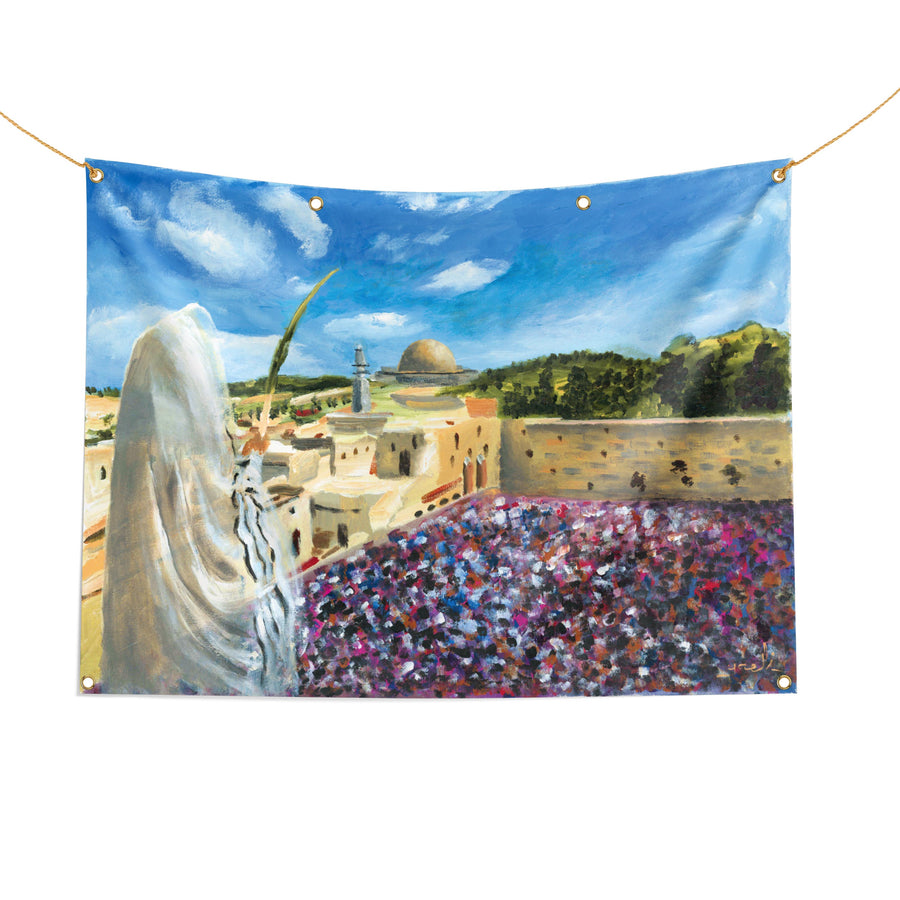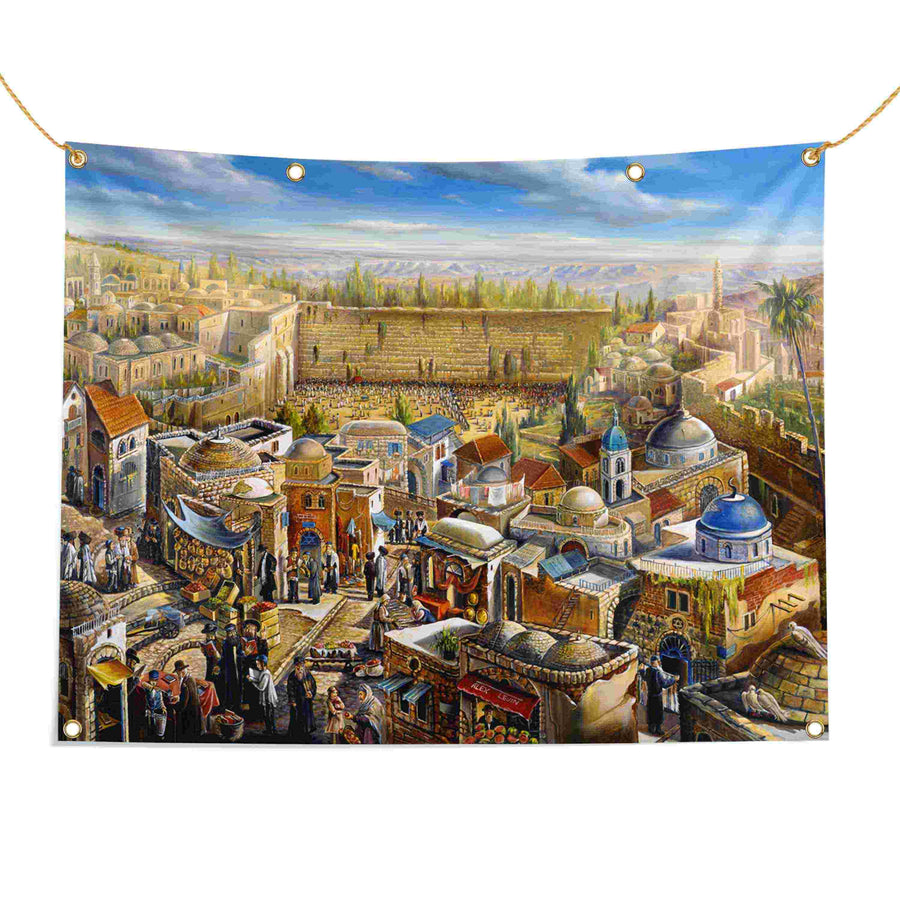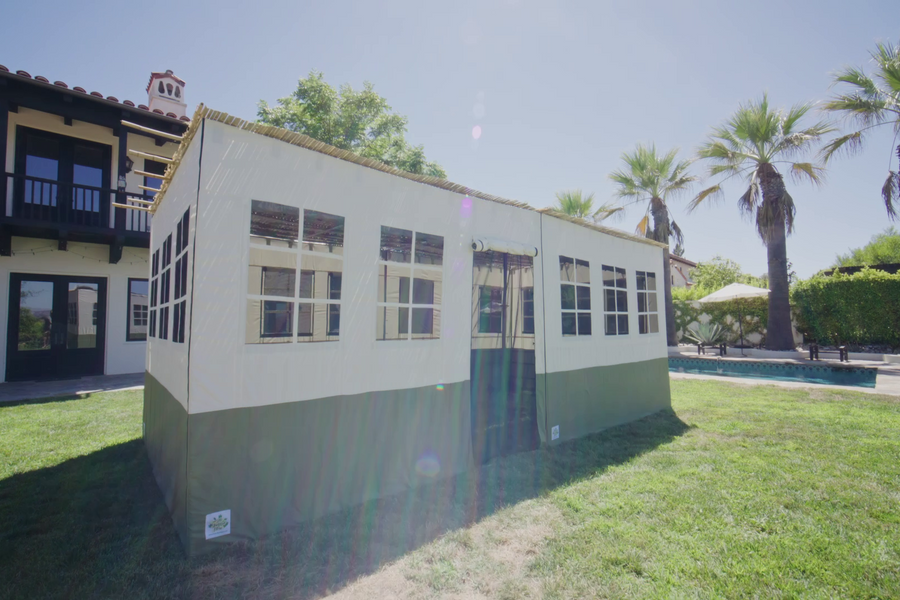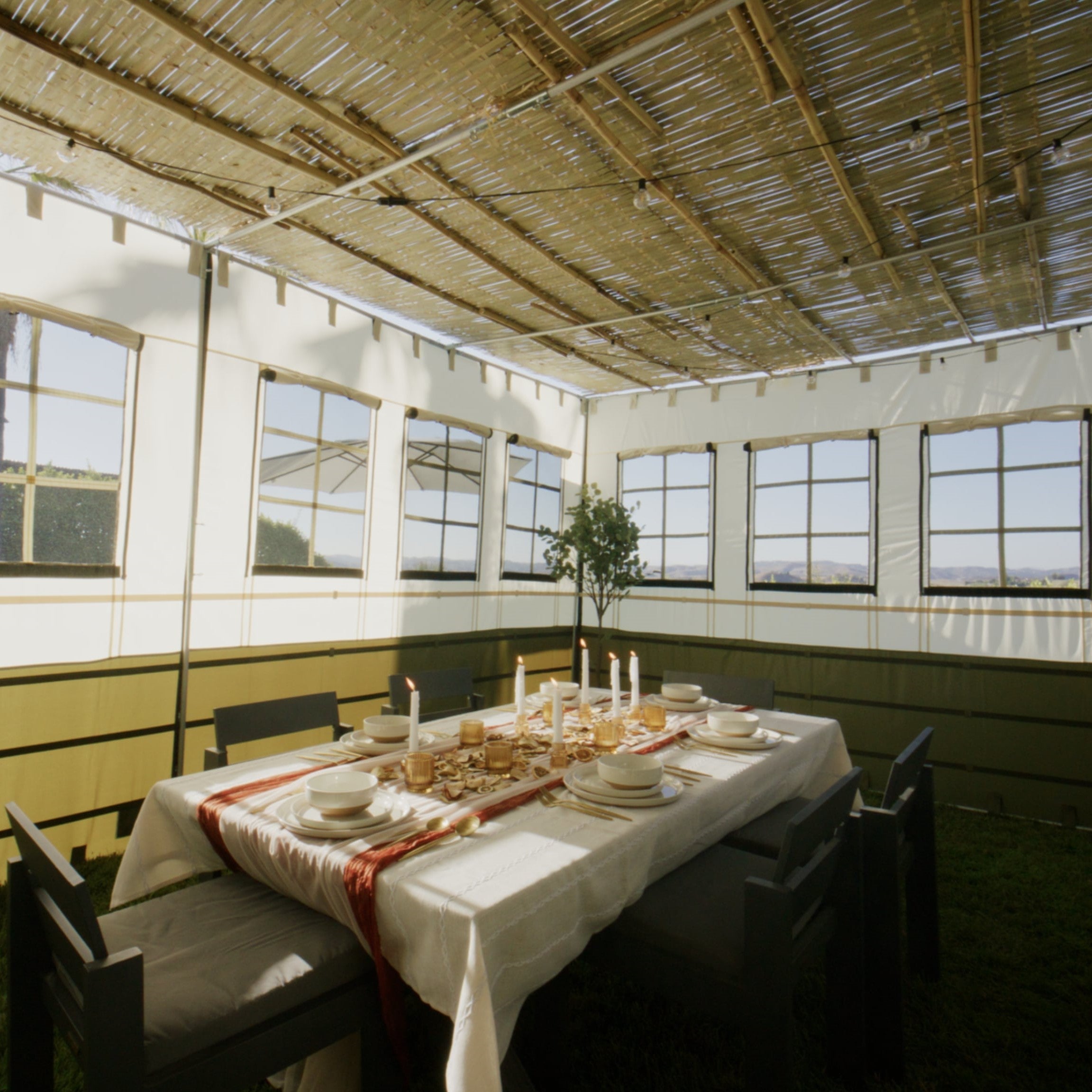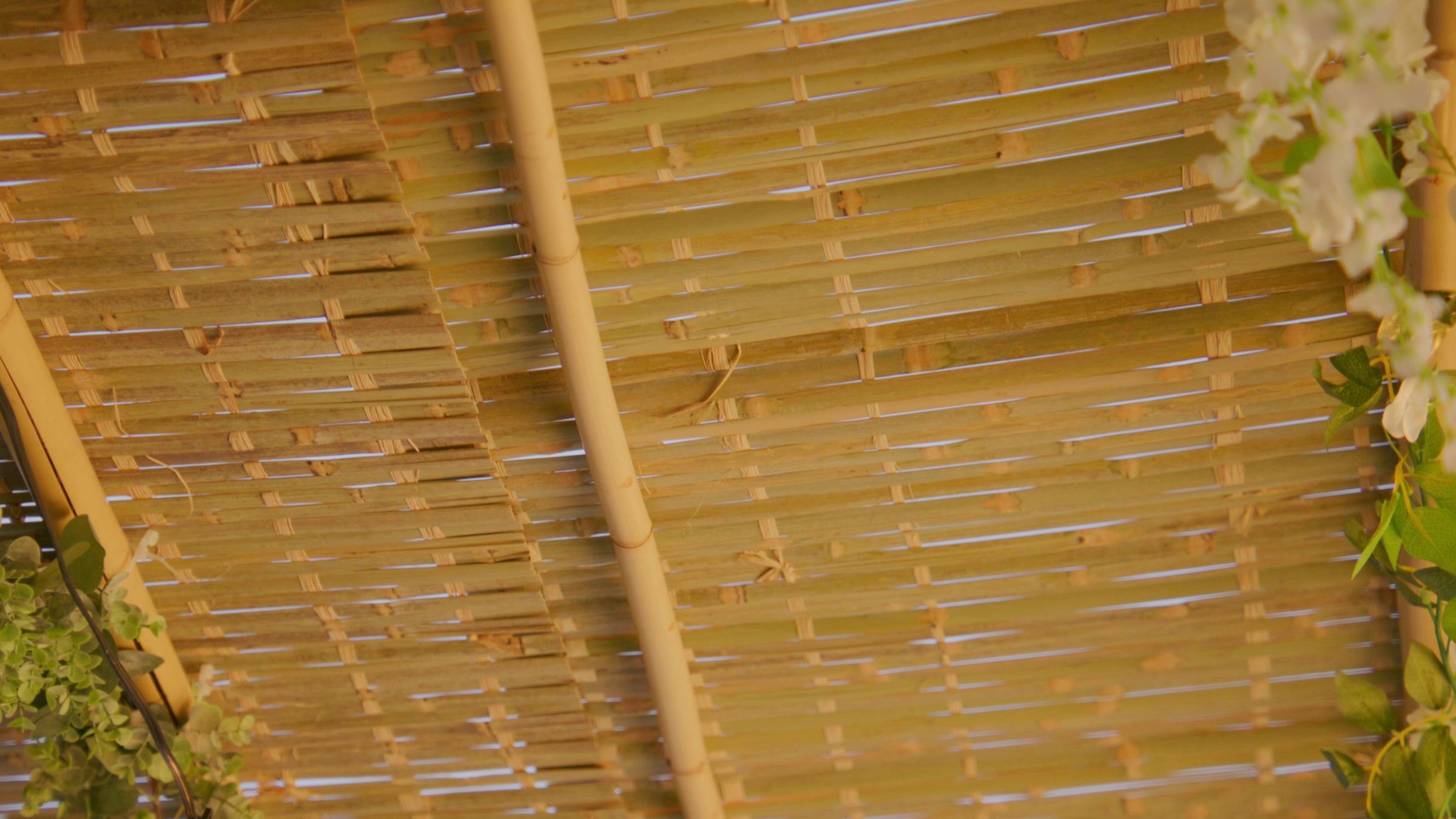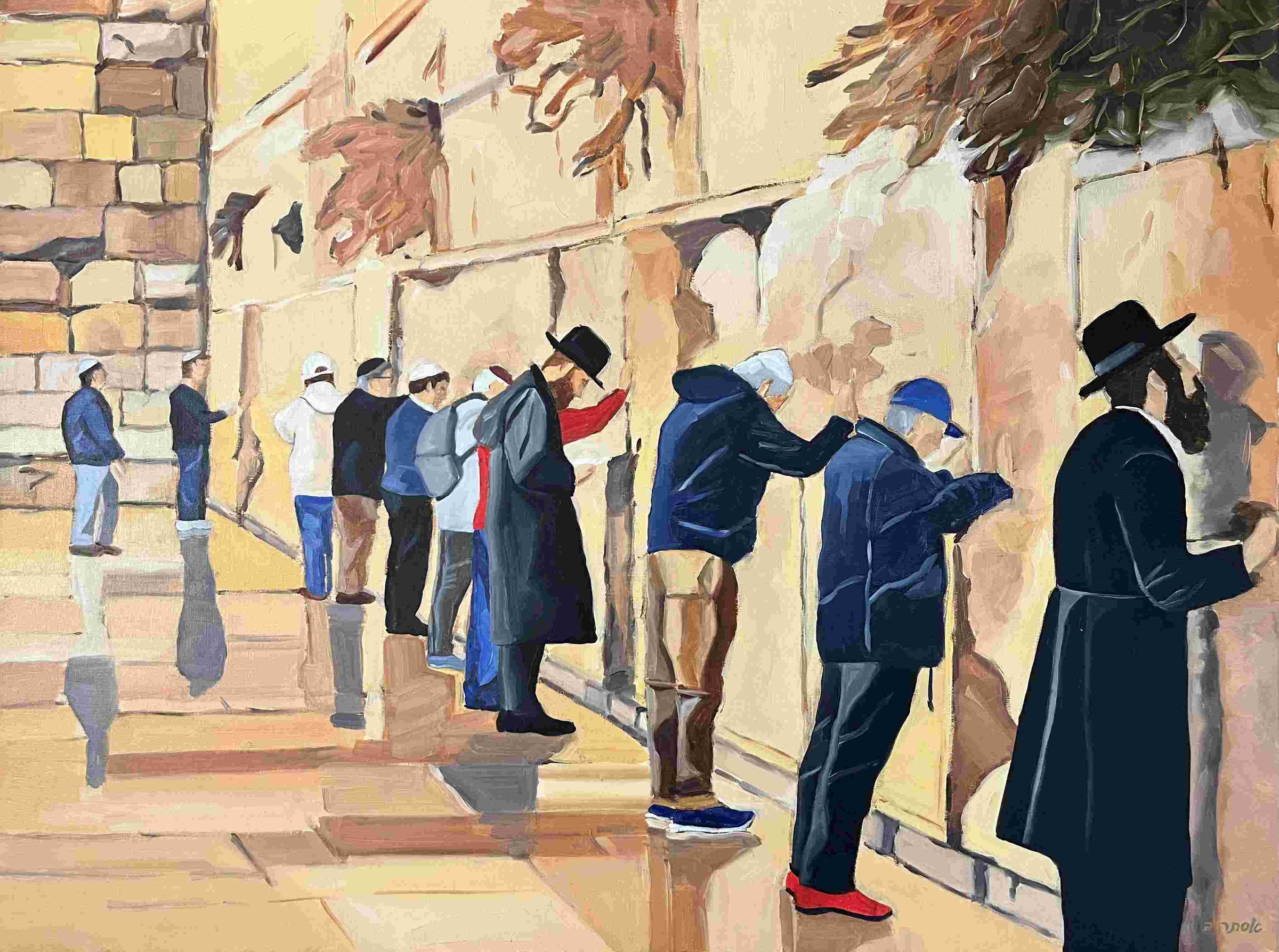

Table of content
Ah, Sukkot ! The holiday where we trade in our comfy couches for some outdoor seating under a leafy roof, otherwise known as Schach . But before you start crafting a Pinterest-worthy Sukkah, let’s talk about what this all-important Schach is really about. According to Halacha (Jewish law), your Sukkah roof can’t just be any old cover – it’s got to meet certain requirements, but they’re surprisingly down-to-earth.
The Lowdown on Schach
First things first: your Schach needs to meet some minimum qualifications. Here are the basics:
Must be made from something that grew from the ground: Think stalks, reeds, or bamboo – anything you wouldn’t mind getting stuck in your hair while sitting in the Sukkah.
Must be detached from the ground: So, no roofing your Sukkah with a potted plant still in soil, no matter how cute it looks.
Shouldn’t be processed or made into something useful: In other words, no gold-plated utensils or leftover challah rolls up there!
Although, admittedly, these requirements can be tricky to keep track of, so we’ve taken the hassle out of finding Kosher Schach with our certified OU Mehadrin Schach.
Bargain Basement Materials: Schach Edition
Now, where do these rules come from? The Talmud , of course, which tells us to look at the verse, “You shall prepare for yourself, the festival of Sukkot for seven days, as you gather from your threshing floor and from your winepress.” Translation: grab whatever’s lying around after the harvest, like straw and stalks, and presto! You've got Schach. This might sound like a budget decorator’s dream, but there’s some deep wisdom behind it. The Sukkah’s roof is supposed to be made of natural, unprocessed materials – things that are about as close to nature as it gets.
Schach Simplicity: A Love Story
Sukkot comes right after the High Holidays, a period filled with deep reflection, soul-searching, and maybe a few well-deserved apologies. By the time we hit Sukkot , we’re celebrating our renewed closeness to G-d. The Chassidic masters say that the Schach isn’t just a roof – it’s a reminder of the Clouds of Glory that protected the Jewish people in the desert. It’s also a symbol of our spiritual journey, from the hustle of everyday life to the serene simplicity of dwelling with the Divine in the Sukkah.
If the High Holidays are the spiritual Olympics, then Sukkot is the victory parade. And guess what? You don’t need anything fancy to make the grade. G-d isn’t asking for gold, silver, or anything that would make an Instagram influencer jealous. Instead, he’s asking for leftover reeds, because true love doesn’t need all the frills. Even if all you’ve got to offer is some simple Schach , G-d’s response is, “I’ll take it – and I’ll bless you for it.”
A Throwback to Purity
Schach also symbolizes a kind of throwback to the good old days, before Adam and Eve decided to eat the forbidden fruit. In a way, it represents a world untouched by impurity – a glimpse of what things were like before everything got complicated. And, in the spirit of optimism, it’s also a nod to the future, when the world will return to that state of purity in the Messianic era.
So, as you sit under your simple, natural Schach this Sukkot, remember that it’s not just about the roof over your head – it’s about the connection between you and the Divine, built on a foundation of simplicity and love. And who knows? Maybe next Sukkot, we’ll all be heading up to celebrate at the Holy Temple in Jerusalem!
For more Schach content, check out the rest of our Schach series:
